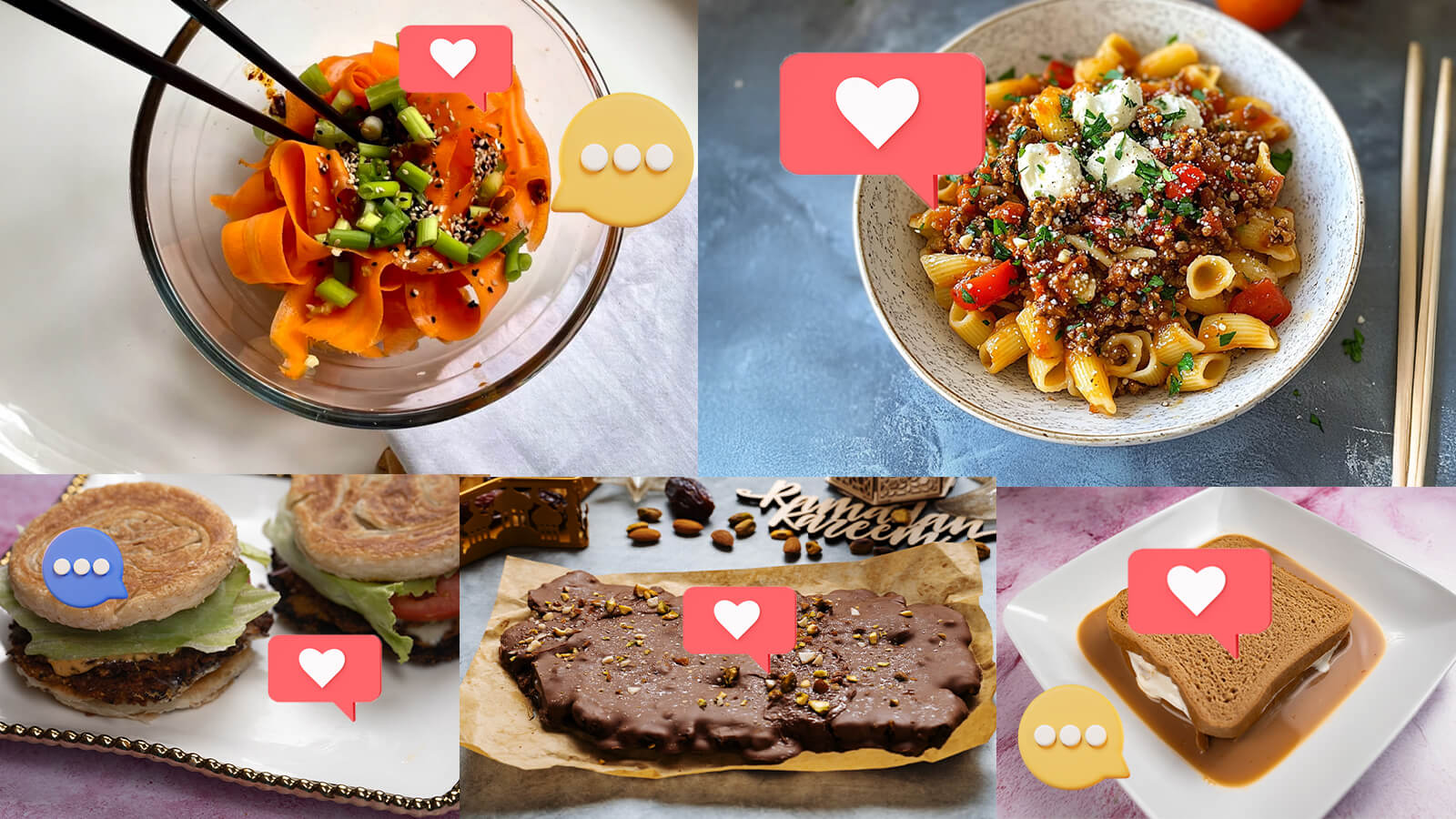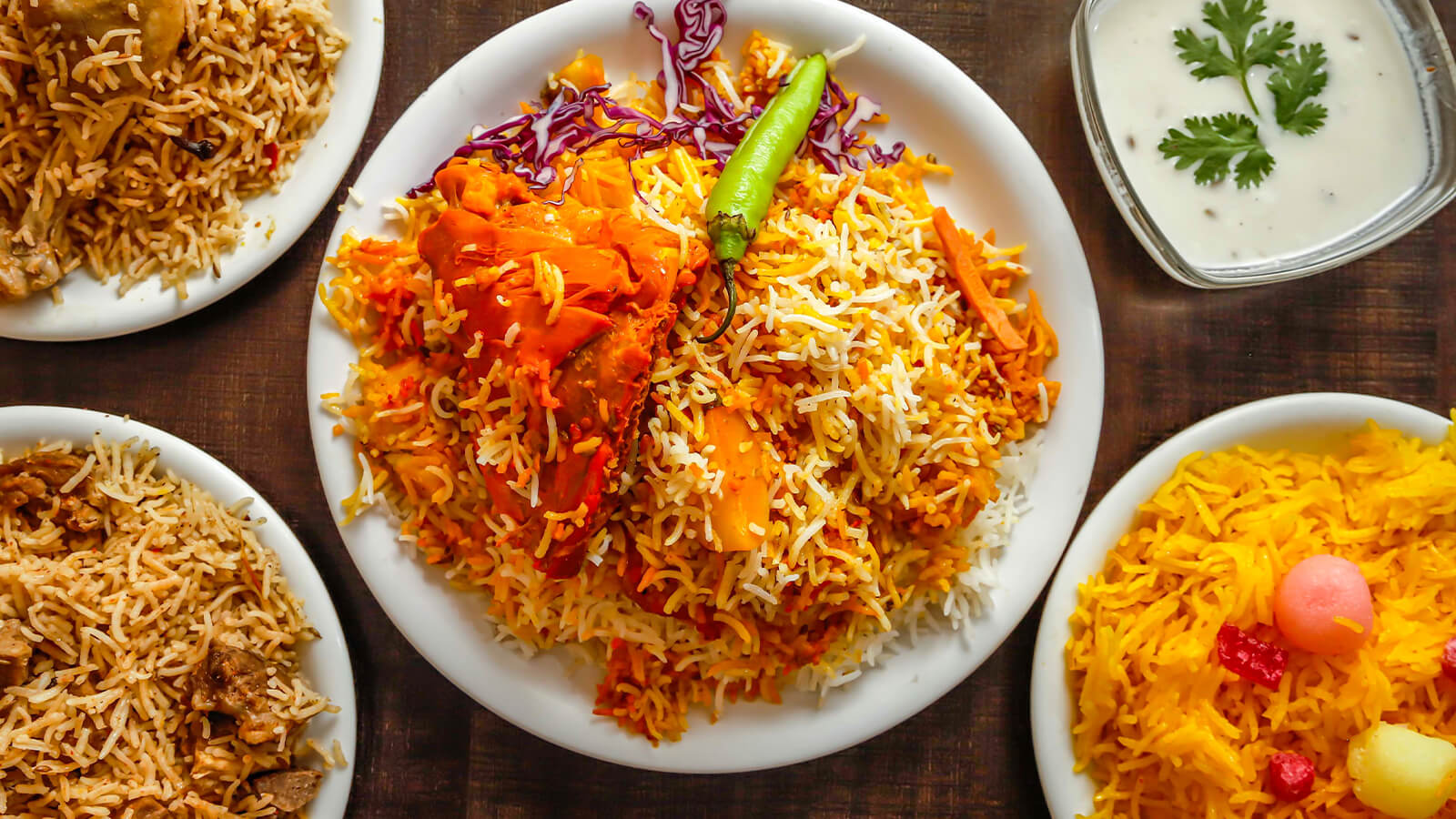Why We LOVE Diwali and Other Tidbits

President Obama had Indian supporters on their feet when he wished Saal Mubarak and became the first US president to publicly light the Diya in celebration of Diwali in 2009. Prior to Obama, there was a hilarious episode of The Office titled “Diwali”, written by Indian cast-member Mindy Kaling, that received critical reception. It was a meaningful moment for Indian culture as it was the first time an American comedy series depicted Diwali. As Diwali approaches, we’d like to have our say on why we think people appreciate this beautiful pluralistic Holiday.
1. An age-old tale
The story of Diwali is as old as time itself. It symbolizes the victory of good over evil. In a Universe full of darkness, Diwali celebrates the light (good) within us all. Diwali is best described visually as a combination of Christmas & the Fourth of July -- Diya’s animate the inside of homes while a cacophony of fireworks are heard throughout the streets in India.
2. What’s in a name?
Diwali can be spelt Diwali, Devali, or Deepawali. Diwali comes from the Sanskrit word Deepawali which literally means an array of lamps. In Southern parts of India, people still call it Deepawali but it is assumed as the use of Sanskrit diminished, it was modified to Diwali.
3. Diwali Origins
Historians claim that Diwali precedes recorded history. They tend to agree that the harvest season plays an important role in the origin of Diwali. Occurring before winter, it marks the last harvest season of the year where farmers close their accounting books and prepare for the New Year. Historically India was an agricultural society thus farmers would pray to Lakshmi, the goddess of wealth, for success in the new financial year. Today this practice applies to all businesses in India as the day after Diwali marks the first day of the new financial year.
4. Pluralism in Action
Diwali is celebrated by Hindus, Sikhs, and Jains. Though each religion finds common meaning and shares common cultural practices – how they arrive to the conclusion varies. Hindus from different regions of India each have their own version of the story. Generally speaking, Hindus from Northern India celebrate King Rama’s return to Ayodhya after he defeated Ravana by lighting rows of clay lamps. Hindus from Southern India celebrate Narakasura’s defeat at the hands of Lord Krishna. While Hindus from Western India celebrate Lord Vishnu dispatching the demon King Bali to rule the netherworld.
In Jainism, Diwali memorializes the anniversary of Lord Mahavir’s attainment of Moksha. Jains believe that reaching Moksha grants freedom from samsara, the cycle of death and rebirth. The concept of Moksha plays a central role in Hindu traditions as well.
Sikhs refer to Diwali as Bandi Chhor Devas (Day of Liberation). They celebrate the release of the Sixth Guru, Guru Hargobind, from the Gwalior Fort. Hargobind refused to leave without his other 52 princes when the Mughal Emperor Jahangir granted his release. Jahangir in his cleverness stipulated that however many princes could hold onto him as he walked out, could leave with him. Thus Hargobind created a special garment whose hems each prince held onto as he successfully walked out.
Newar Bhuddists know Diwali as Ashok Vijayadashami. They believe that the great Mauryan Emperor Asoka embraced Buddhism on this Day.
As with many celebrations in the Indian diaspora, the interpretation differs depending on who you ask and where they live.
5. Gambling is cool during Diwali
Gambling actually holds religious significance based on the traditions and legends of Diwali. It is said that on this day Goddess Parvati played dice with her husband Lord Shiva. She decreed that whoever gambled on Diwali night would prosper throughout the year.
Though some frown upon it, ultimately the tradition has found roots in play. Families revel in low wager games of dice and cards. The most popular card games played are Flush (Teen Pati) and Rummy. As the saying goes, “If you don’t play cards on Diwali, you will be reborn as a donkey” (it sounds better in the original language).
6. Diyas & Fireworks, OH MY!
The idea that light can conquer darkness is on full display as the country of India dazzles during Diwali. Similar to Christmas, Indians use lights, fireworks, and striking Rangoli decorations that animate the country. On one of the darkest nights of the year, India is illuminated as the energy of the country seemingly conquers darkness in unison.
Regional cultural practices dictate why certain regions light the Diyas, but generally the Diwali lamp signifies the removal of internal and external spiritual darkness.
7. FIVE Days of Magic
As people change, so do traditions. You would be hard-pressed to find an Indian-American who can take 5 different days off annually to celebrate Diwali.
Traditionally Diwali is a 5-day celebration. The first two days are spent cleaning and preparing the home for the festivities to follow. The third day is the climax where epic meals and lavish displays of lights and fireworks rival America’s Fourth of July. On the fourth day, family members and friends visit each other bearing gifts. On the fifth day, brothers visit their married sisters who welcome them with awesome meals.





